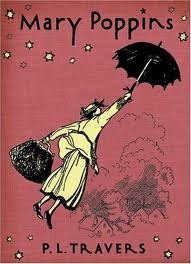 You never know what the mouse is going to ask for next when you decide to take him to school. The illustrations help you guess what is going to happen next, but sometimes you never know what the mouse is actually going to want.
You never know what the mouse is going to ask for next when you decide to take him to school. The illustrations help you guess what is going to happen next, but sometimes you never know what the mouse is actually going to want. Connecting to the Standards
Grade 2 RL (4): Describe how words and phrases (e.g., regular beats, alliteration, rhymes, repeated lines) supply rhythm and meaning in a story, poem or song.
- Students will meet this standard through the active participation in the read aloud. As the students catch on the the repeated sentences, the teacher will invite the students to read along.
- Students will meet this standard because before we flip pages, students will be given the chance to make an inference as to what is coming next in the text.
Learning Outcomes
Students will be able to finish the sentences "If you take a mouse to school, he'll ask you for your _______. When you give him your ______ he'll want a ______ to go with it, by following the same pattern set up in the text. Student will also draw a picture of their sentence.
Adapted to the Classroom
When reading this book you would read in a manner that students would be able to catch up on the pattern and be able to eventually guess what is going to come next.
While reading students will actively participate in the read allowed. Students will be given a chance to guess what is coming next. After reading students will create their own explain following the same pattern from the text.
Bloom's Taxonomy
List three request that the mouse had. (Knowledge)
How would you use the pattern in the story to develop another page to the story. (Application)
Differentiation
For students with a hearing impairments the teacher will be wearing a microphone and the student will be wearing the receiver so that the sound is amplified and they can hear what the students are saying.
For students with visual impairments the teacher would use a large print book so that the studnet can follow along with the teacher.


